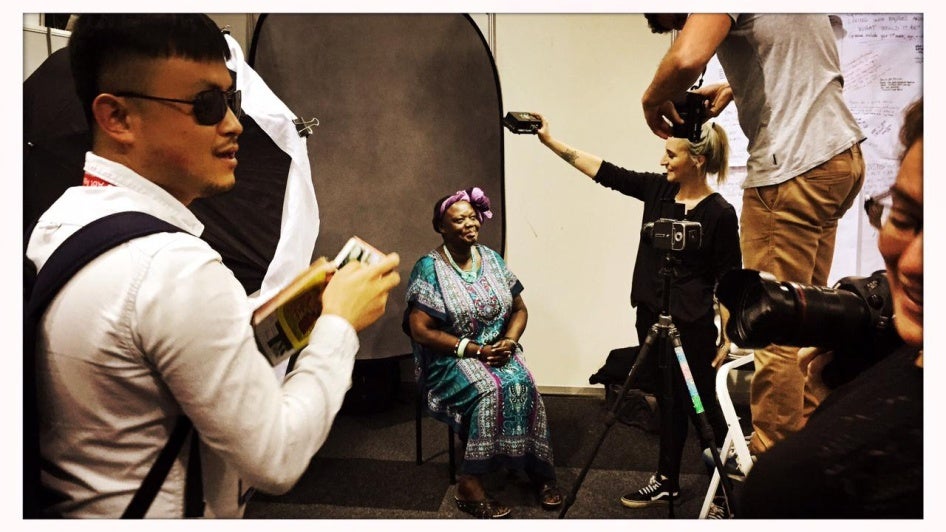The HIV epidemic is graying. An estimated 4.2 million people age 50 and older are living with HIV worldwide. This represents about 13 percent of all adults who live with the virus – up from just 3 to 8 percent in different regions in 1995. In sub-Saharan Africa, their number is projected to “nearly triple” in the coming years.
As UNAIDS and the World Health Organization have noted, this demographic shift challenges the business-as-usual response to the disease, as most HIV programs are geared towards younger people. It requires new approaches that address the specific prevention challenges and health needs for older people, including those living with HIV. Importantly, older people often face significant barriers to accessing health care as a result of discrimination, poverty, and access to information, among other things.
Yet we are poorly prepared to face this challenge, as we do not even know how many men and women over the age of 49 are living with HIV – this data simply has not been collected. UNAIDS has called for improved data on all ages, but surveys in most countries are still geared towards younger people. Major development funders are in no hurry to heed UNAIDS’ call. For example, the Demographic and Health Surveys, which are used by over 100 countries and funded by the US Agency for International Development (USAID), still exclude people over the age of 49. The United States president’s Emergency Plan for AIDS Relief (PEPFAR) does not mention older people in its strategy.
Additionally, the issue of older people and HIV is mostly invisible at this week’s International AIDS Conference, a bi-annual gathering of thousands of scientists, policy makers, and activists in Durban, South Africa. A South Africa Grandmothers Gathering issued a statement at a meeting they held the weekend before the conference, and the Graying of AIDS project is attending to highlight the portraits and stories of older people living with HIV. But their plight is missing almost entirely from the official agenda.
It is high time to end the exclusion of older people from the response to HIV. People over 49 do contract and transmit the disease, and with antiretroviral treatment many people with HIV now live into old age. The world cannot hope to end AIDS without addressing the needs of older people affected by or at risk of HIV. As a first step, we should begin collecting data on HIV and older people.








